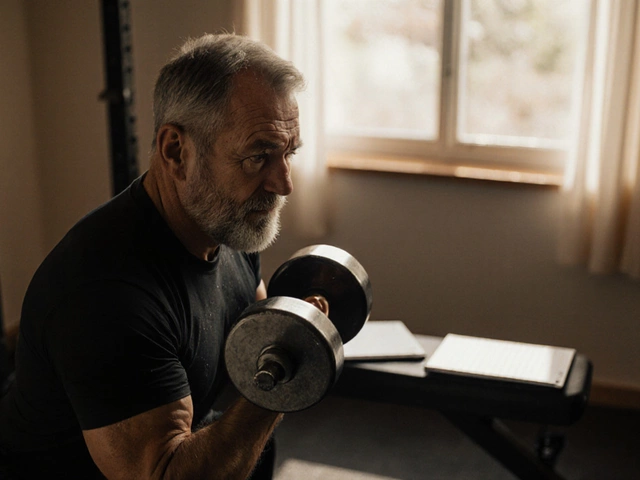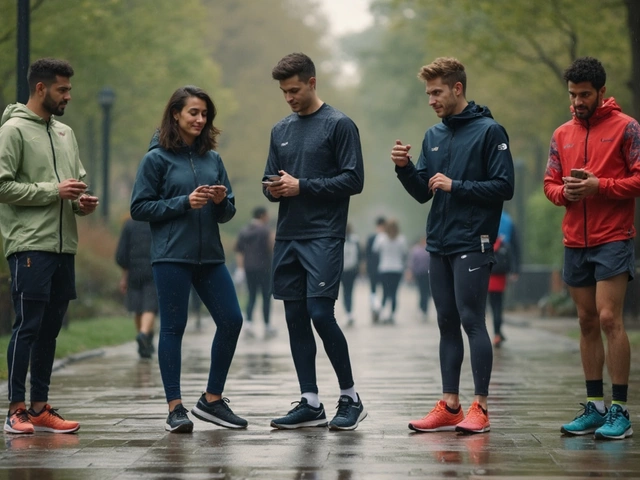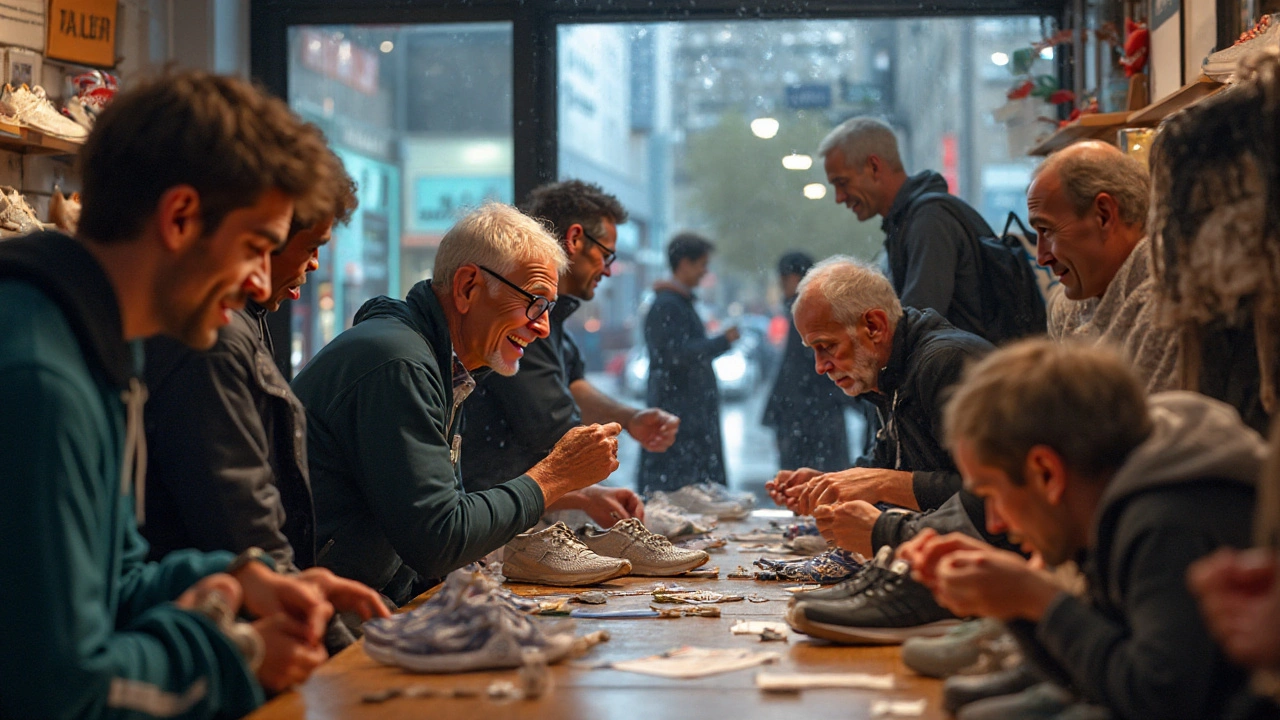
Running Shoes August 6, 2025
Should Running Shoes Fit Snug? Expert Guide to The Perfect Running Shoe Fit
If you’ve ever worn the wrong pair of running shoes, you know the agony that can follow. Runners obsess about times and distances, but ask around and you’ll discover nothing sparks debate more fiercely than how those shoes should actually fit. Should they grip your foot like a clingy sock, or should you be able to wiggle your toes as if you’re on a sandy beach? This question isn’t just about feeling comfortable; the answer can affect your blisters, your knees, and how much you complain at the pub after that Sunday long run.
Understanding the Snug Factor: What "Fit" Means for Running Shoes
Let’s get real—"snug" means different things depending on who you ask, and sometimes, it changes with foot shape, running style, or even the brand of shoe. Some runners swear by that locked-down feel, while others need space. But why does this debate matter anyway? Because your feet actually change size during a run. That’s right, your foot can spread by up to half a size after about 30 minutes of pounding along the streets. In 2022, a study from the British Journal of Sports Medicine found 72% of runners surveyed said foot swelling mid-run impacted how comfortable their shoes felt at the end of a session versus at the start. So, the shoe that feels perfect out the box might feel totally different as your miles pile up.
So, what’s the ideal? Your running shoe should be snug—but there’s a catch. The fit shouldn’t be tight or constricting, especially in the toe box. A general rule most running shoe specialists in the UK use is this: leave about a thumb’s width (about 1cm) between your longest toe and the end of the shoe. Your heel should be locked in so it doesn’t slip when you walk or run, and the midfoot—where your laces are—should hug your foot gently without any pinching.
Why all the fuss around width and length? It’s because feet aren’t just one shape—flattened arches, bunions, wide feet, high-volume feet, you name it. Modern running brands have jumped on this, too. In fact, as of 2025, over 30% of running shoes sold in the UK come in at least two different widths, according to Sports Direct’s retail data. Some, like New Balance or ASICS, offer up to four width options for their major models. Getting the right width is just as crucial as the length because a too-snug shoe can cause blisters or numb toes—trust me, that numb pinkie toe on mile ten is no joke.
Another thing: materials matter. Older shoes made from tough leather or rigid mesh didn’t give much. Now, engineered mesh and flexible knits let the upper expand with your foot. Saucony, for example, claims their FORMFIT mesh adapts to swelling and heat, using fibres that relax just enough but still bounce back. That means "snug" in a 2018 shoe doesn’t mean the same thing in 2025. If you last replaced your shoes before lockdown, it’s time to get with the programme.
If you’re curious about what works for pro runners, check out the data. Eliud Kipchoge, the marathon legend, reportedly wears his shoes a half size up from his street shoes for races to accommodate for swelling and splayed toes. Even recreational runners in Bristol Park Runs often test different fits over the season and rotate shoes to find what feels best as the months roll by.
| Aspect | Ideal Fit | Bad Fit Risks |
|---|---|---|
| Toe Box | Thumb's width space | Black toenails, blisters |
| Heel | Locked in, no slip | Abrasion, instability |
| Midfoot | Gentle hug, not squeezed | Hot spots, numbness |
| Width | No pinching, whole foot contacts ground | Blisters, pressure points |
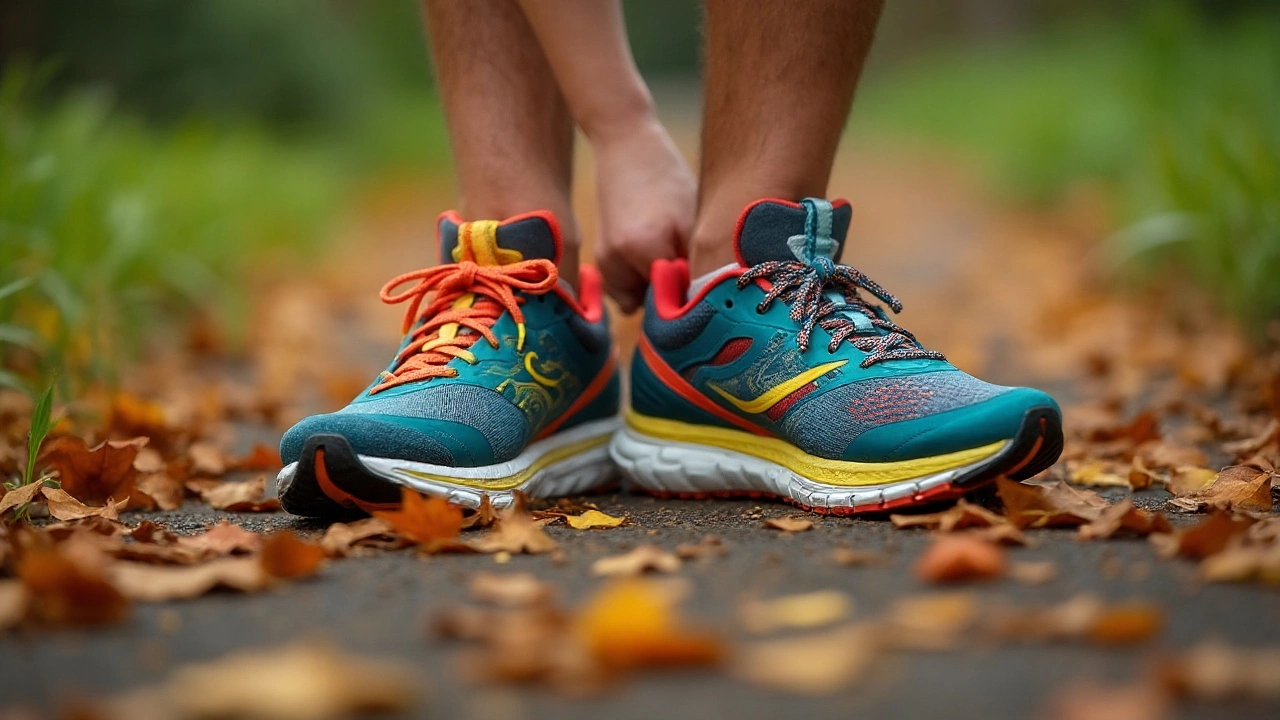
Troubleshooting Your Fit: Signs Your Shoes Are Too Snug (Or Not Snug Enough)
As much as the focus is on "snug" as a goal, things can go sideways. You might think a tight fit stops your foot from sliding, but too much snugness leads to the infamous black toenail or that burning feeling under your foot. Start by asking: do you get blisters or skin rub on your toes, heels, or side of your foot? You may think it’s from running style, but most often, it’s just a poor fit.
Here’s a way to test your fit at home: take out the insole, put your foot flat on top, and see if you’ve got a full thumb’s width at the end. If your toes spill over the sides, the shoe’s too narrow. When you lace up, you shouldn’t feel pressure points on the top of your foot, nor your foot sliding forward on downhill segments—if you do, the shoe might not be snug in the right way.
One more thing to keep in mind: socks. Sock thickness changes your fit a lot more than most folks think. Try on running shoes with the socks you actually intend to wear: summer socks, thick merino for winter, or those fancy compression ones if that’s your thing. This matters because those extra millimetres can push the shoe from "perfect" to "just a tad too tight." On Monday mornings in my local running shop, I’ve seen more than one runner blame the shoes, only to find out their thick new socks are the real culprit.
If you’re dealing with swelling, bunions, or plantar fasciitis (the dull ache at your heel that just won’t quit), shoe fit becomes even more critical. Brands like Hoka now have models with super roomy toe boxes for people who need that stretch. But if the shoe is swimming on your foot, you risk instability on Bristol’s famously uneven pavements or off-road trails.
Pay attention to these warning signs:
- Your toes press or curl uncomfortably inside the shoe.
- You feel tingling or numbness on longer runs.
- Pain or blisters around your heel or under your arch.
- Your foot slips up and down in the shoe (too loose).
- Your toenails start looking a bit rough (goodbye, sandals).
How do you fix it? Sometimes just changing your lacing pattern helps. The marathon "heel lock" (which you do by threading the last eyelets in a loop and crossing the laces through) can tighten the heel without crushing your toes. The "window lacing" skips some eyelets mid-foot, easing pressure on high arches. And don’t underestimate the break-in period. Give new shoes at least 20-30 miles before writing them off as ill-fitting; that’s about two or three weeks of steady running for most folks.
Pro tip: Buy your next pair in the afternoon or after a run, when your feet have swelled a bit. Loads of people make the rookie error of shoe shopping after sitting in an office all day; that perfect-morning fit turns into a medieval torture device by your evening 10K. Two out of five runners in a RunRepeat survey said sizing up solved chronic blisters and losing toenails—so erring on the side of a bit of extra space is usually a safe bet.
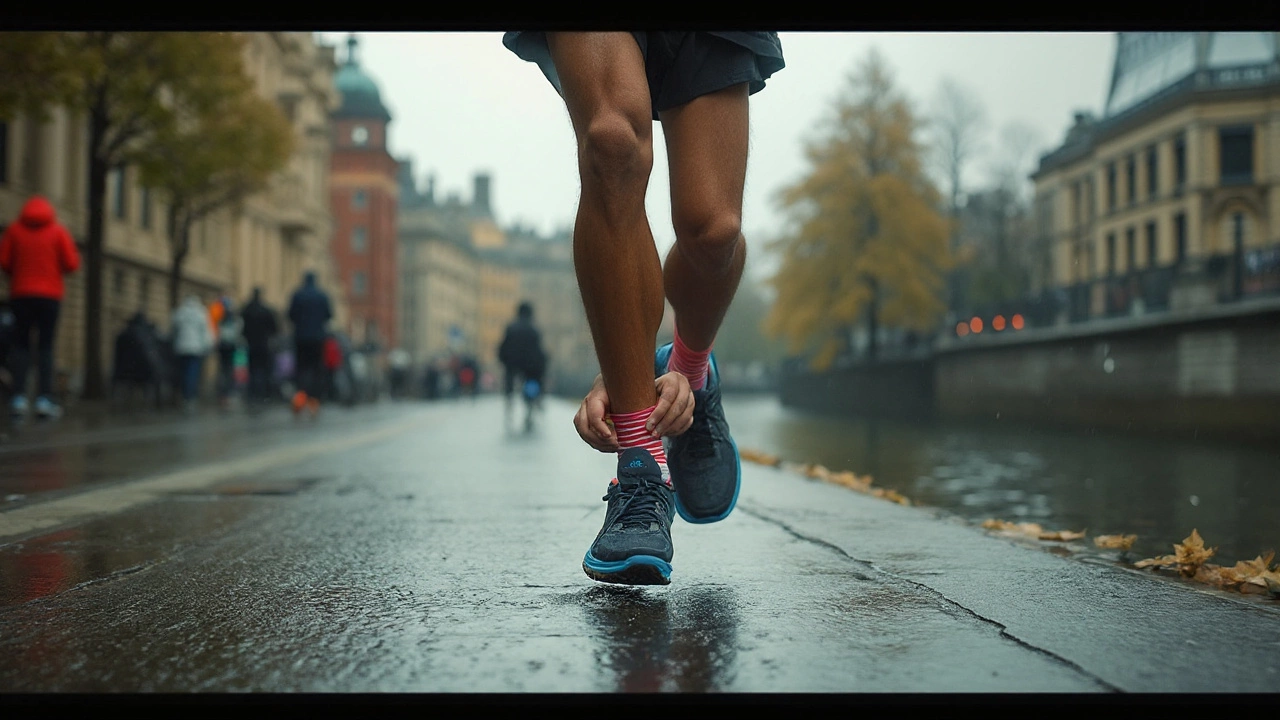
How to Get the Best Running Shoe Fit: Tips, Tricks, and Real-World Advice
You want shoes that feel like they were made for you, right? Here’s what the experts say, with a few tricks seasoned runners in Bristol use to make those morning miles a pleasure rather than a pain fest.
- Measure your feet regularly. Don’t trust your size from five years ago. Feet spread out with age, weight and activity levels. Get measured at a running shop, or do it yourself with a ruler at home—trace your foot on paper and measure from heel to toe and at the widest part.
- Shop based on your bigger foot. (Nearly everyone has one foot that’s slightly longer or wider – mine’s my right foot.) Fit shoes to this foot, and use an insert or thicker sock to fill space for the smaller one.
- Look up the sizing chart for each brand. A UK size 9 in Brooks isn’t exactly a UK 9 in Nike or Adidas. Online returns are through the roof because of this, so double check before checkout.
- Check your gait and arches. Some of us pronate (roll inward), supinate (roll outward), or need extra cushioning. Get a quick gait analysis at a shop or on your phone with apps like RunScribe or the latest Apple Watch updates.
- Match your shoe to your running style. Doing long slow runs on the canal path? Something cushioned and a bit roomier might be best. Sprinting at the club track? You want snugger, lighter shoes for secure footing.
- Experiment with lacing. Try the "runner’s loop" for a tighter heel, or skip eyelets across high arches.
- Don’t be afraid to try different widths. Most shops in Bristol carry at least standard and wide fits—take advantage, especially if you always get pinched or squeezed toes.
- Replace your shoes before you feel pain. A 2024 survey by the American Podiatric Medical Association found most running shoes lose their cushion and shape after about 400-500 miles (640-800km). Track your mileage; if the sole looks squashed or your arch support feels flat, it’s time for a new pair.
- Check returns and guarantees. Brands like Hoka and Brooks offer 30-day run trials. Local shops may swap out a barely-worn pair for a different size if you act quickly – always ask before you buy.
You can also ask for real-world advice from runners you respect; don’t just go for whatever’s trending. A serious runner I know in Clifton swears by sizing up for marathons and training runs, but likes a snug, almost sock-like fit for doing hill sprints around Ashton Court. Don’t just copy what works for your mate, though—everyone’s feet are as unique as their running playlists.
For those who still can’t get it right, consider visiting a running-specific store. They use 3D foot scanners and sometimes even treadmill assessments to check your stride. The data is wild—store records show at least 60% of runners are actually wearing the wrong size when they first turn up.
One last myth to bust: "Breaking in" should only mean a day or two of adjustment for your new shoes, not weeks of agony. If you’re suffering after three runs, swap them out. Life’s too short for foot pain, and the right fit turns a slog into a breeze.
To sum up, your running shoes need to be snug—just not tight. Get that sweet spot: secure at the heel and midfoot, roomy enough in the toe for wiggle and swelling, no pinching anywhere. That’s how you avoid blisters, black toenails, and boredom from talking about foot pain all year. Next time you lace up around Bristol Harbourside, you’ll be the one breezing past, shoes fitting just right.
